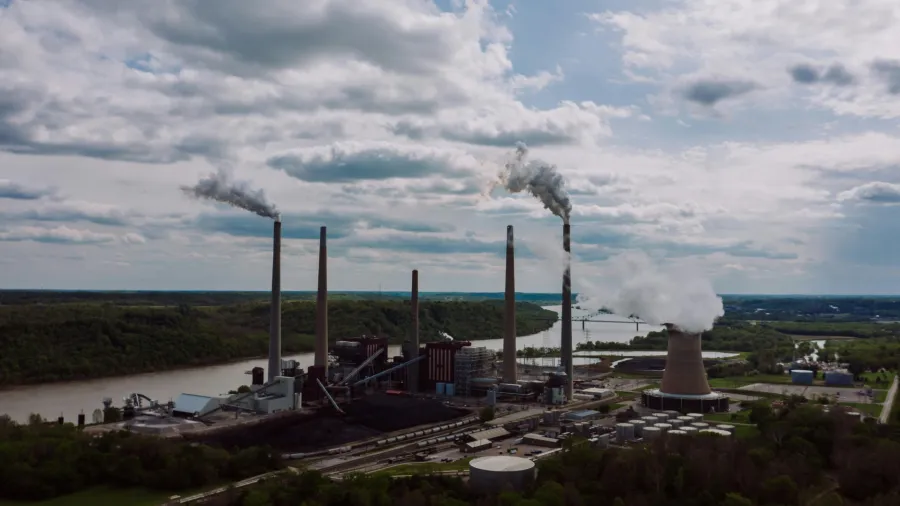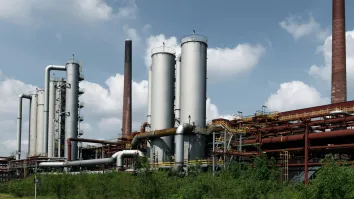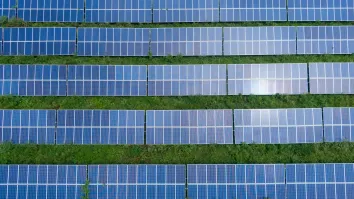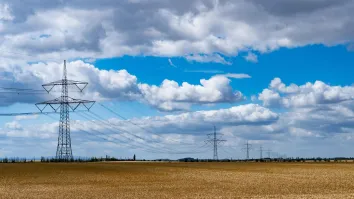
Power sector to drive 40% to 50% of natural gas demand by 2050
Electrification needs will propel demand growth.
The power sector will comprise 40% to 50% of the demand for natural gas by 2050, with Asia expected to account for the largest growth in gas demand in terms of geography.
In a report, McKinsey said the demand growth in the power sector is driven by the electrification requirements in building and industry.
However, chemicals and blue hydrogen production are the only sectors that are expected to register continuous growth in gas demand until 2050.
ALSO READ: Japan's LNG demand plummets amidst energy shift
Meanwhile, Asia, followed by North America, will see the largest growth in gas demand driven by the coal-to-gas switch in Asia and a rise in demand in ASEAN, China and the US power sector
Europe’s gas demand, on the other hand, will decline steadily due to its net-zero commitments.
The Middle East, North America and Russia will also remain the main gas sources, accounting for around 70% to 8)% of the total.



















 Advertise
Advertise






